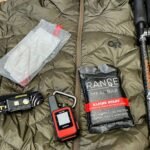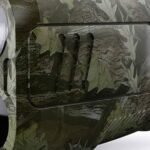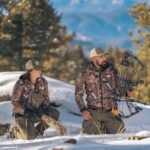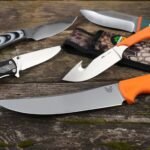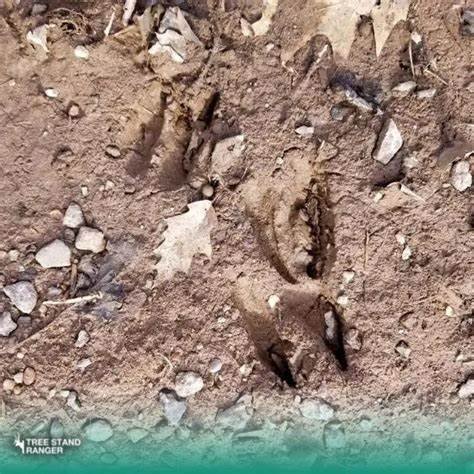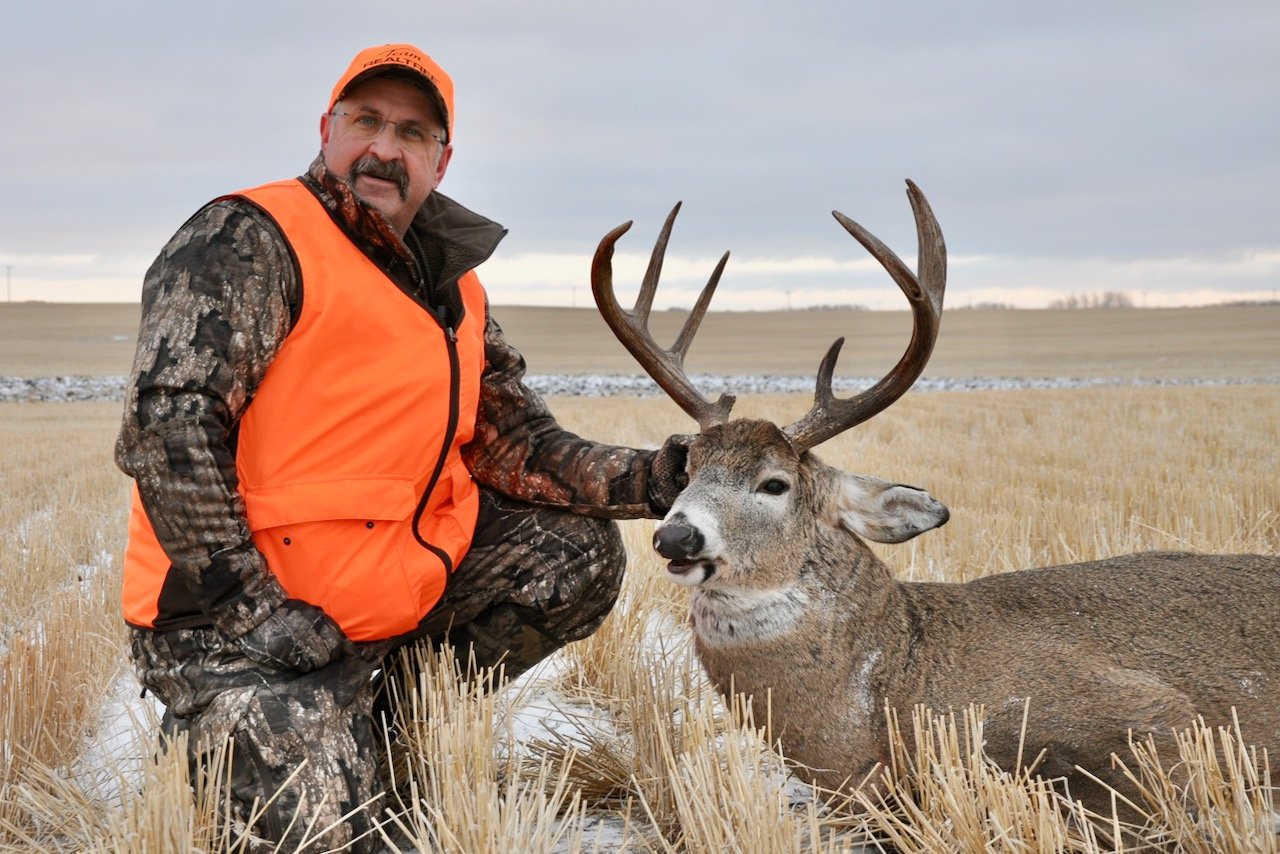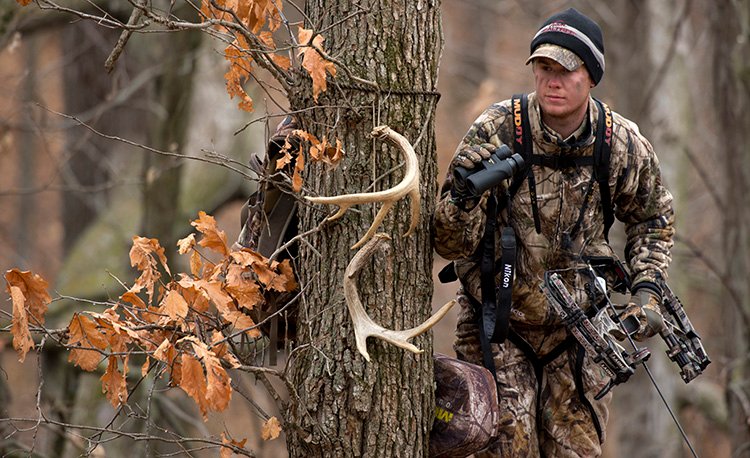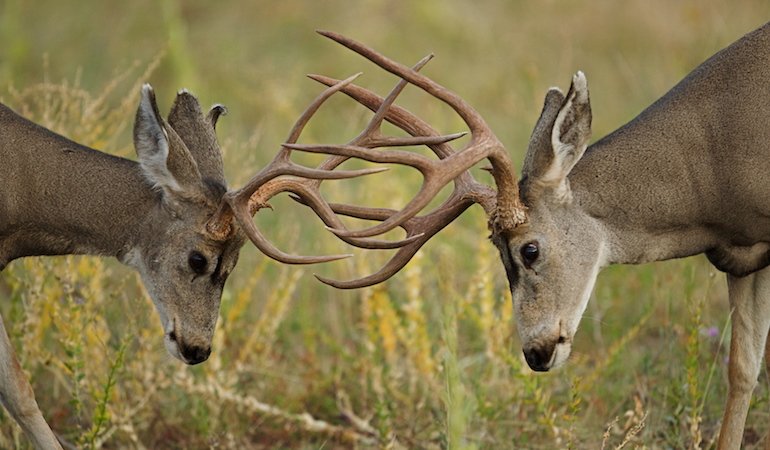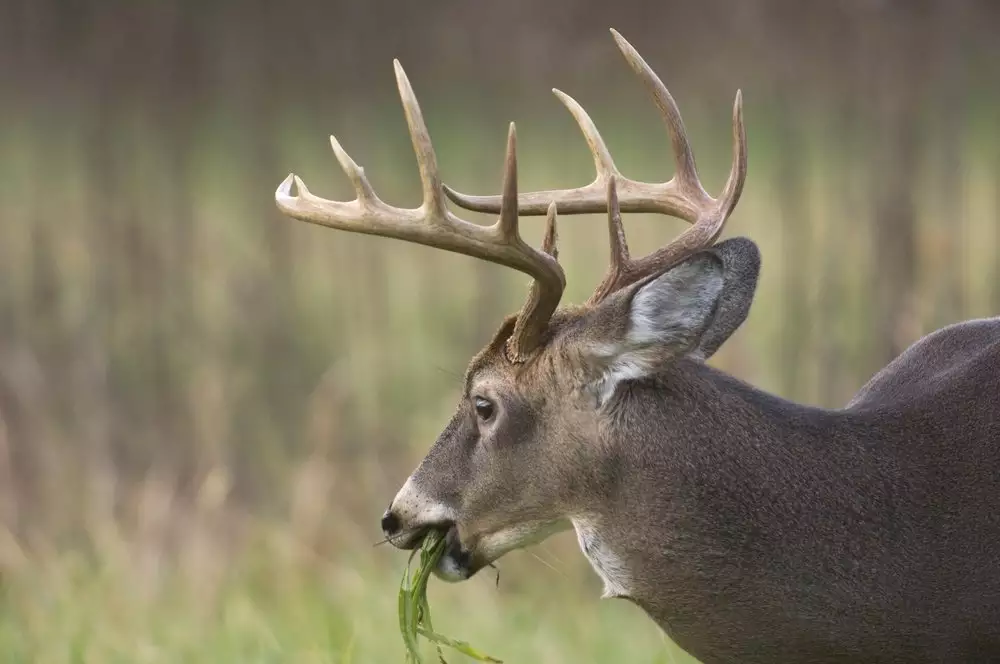Tracking deer is a crucial skill for any hunter, and one of the best ways to locate deer is by reading their tracks and signs. Understanding the different markings and footprints that deer leave behind will give you valuable insights into their movement patterns and help you predict where they might be. Here’s how to read deer tracks and other signs:
1. Look for Tracks
Deer tracks are one of the most obvious signs that a deer has passed through an area. The shape and size of the tracks can tell you a lot about the type of deer and the direction it’s heading. Whitetail deer tracks are typically around 3 to 4 inches long and 2 to 3 inches wide. Look for fresh tracks in areas where deer are likely to be moving, such as near food sources or water.
2. Identify Scrapes
Scrapes are another important sign left by bucks, particularly during the rut. A scrape occurs when a buck uses its hooves to clear the ground under a tree and then rubs its antlers against the tree to leave scent markers. Scrapes are often found in areas with dense cover and near travel routes.
3. Look for Rubs
Rubs are areas where bucks rub their antlers against trees, typically to mark their territory. These rubs are often found along deer trails or near bedding areas. Look for freshly broken bark and marks on the trees. Rubs indicate that a buck has been in the area and can help you determine the direction it’s moving.
4. Observe Droppings
Deer droppings can tell you a lot about the deer’s diet and its recent movements. Fresh droppings are dark and moist, while older droppings will be drier and lighter in color. The size and shape of the droppings can also indicate the type of deer. For example, doe droppings are generally round, while buck droppings tend to be longer and more oblong.
5. Follow Trails
Deer leave behind trails of tracks, scrapes, and rubs, which are useful for understanding their movement patterns. Follow these trails to identify areas where deer are feeding, bedding, or traveling between locations. Look for trails that are used regularly, as this indicates that deer frequent the area.

6. Check for Bedding Areas
Deer will often bed down in areas with thick vegetation or dense cover. Look for flattened areas in tall grass, brush, or leaves, where deer have spent the night or taken shelter during the day. These areas can indicate where deer are spending most of their time, and knowing their bedding areas will help you plan your hunt more effectively.
7. Pay Attention to Disturbances
Deer often cause disturbances in the environment, such as broken branches or trampled vegetation. Look for areas where the ground is disturbed, as these can indicate recent deer activity. Areas where deer have been feeding or moving through may also have disturbed soil or broken plants.
Conclusion
By learning how to read deer tracks and signs, you can gain valuable information about where deer are and how they’re moving. Tracking can be an exciting and rewarding part of hunting, allowing you to better understand deer behavior and increase your chances of a successful hunt.



